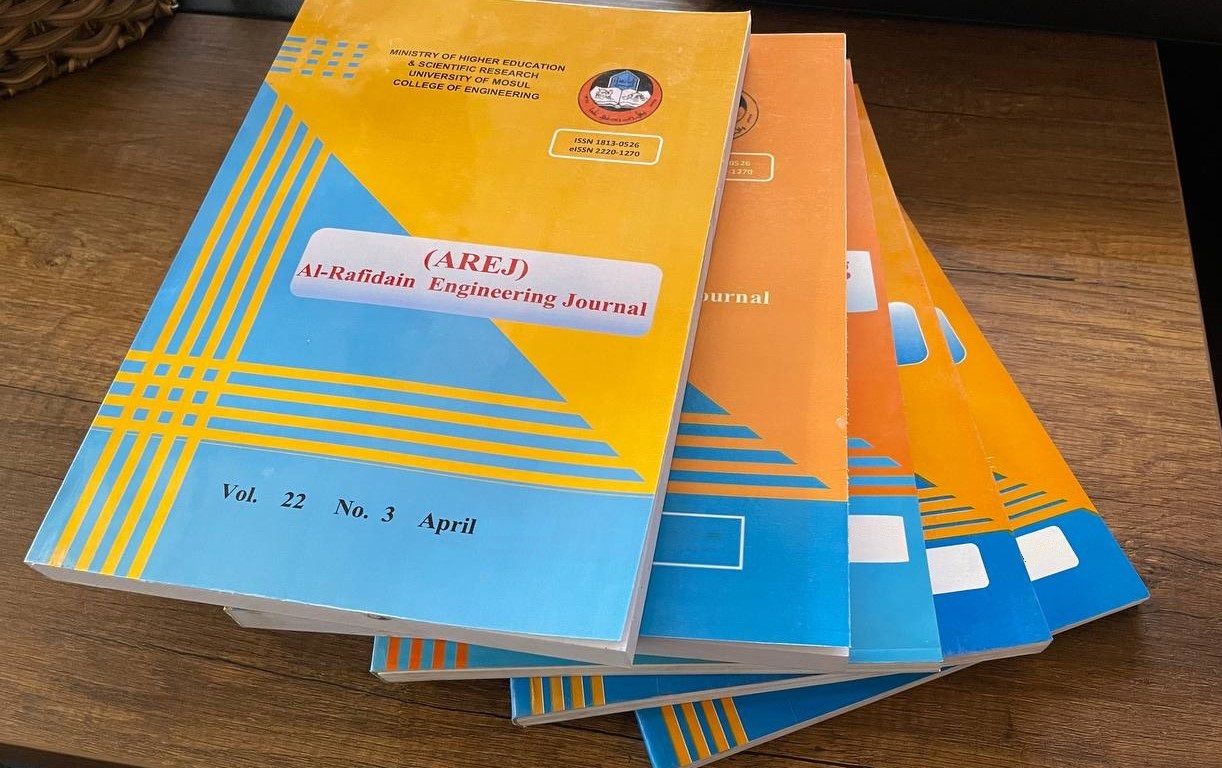Al-Rafidain Engineering Journal (AREJ) is a global, scientific, and open-access journal. Publishing under the license of Creative Commons Attribution 4.0 International (CC-BY). The first issue of Al-Rafidain Engineering Journal (AREJ) was published in 1993 by the College of Engineering at the University of Mosul, IRAQ. The journal publishes engineering science articles at an average rate of two issues per year (Semi-annual). AREJ publishes original and valuable engineering research papers aiming at developing knowledge in the fields of applied engineering science such as Civil, Electrical, Mechanical, Computer, Mechatronics, Architecture, Dams and Water Resources, and Environmental Engineering.
Al-Rafidain Engineering Journal (AREJ) is a signatory to the Sustainable Development Goals (SDG) Publishers Compact. AREJ supports the following U.N. Sustainable Development Goals (SDG) :
1- Zero Hunger: End hunger, achieve food security, improve nutrition, and promote sustainable agriculture.
2- Quality Education: Ensure inclusive and equitable quality education and promote lifelong learning opportunities for all.
3- Clean Water: Ensure the availability and sustainable management of water and sanitation for all.
4- Affordable and clean energy: Ensure access to affordable, reliable, sustainable, and modern energy for all.
5- Industry, innovation, and infrastructure: Build resilient infrastructure, promote inclusive and sustainable industrialization, and foster innovation.
6- Sustainable cities and communities: Make cities and human settlements inclusive, safe, resilient, and sustainable.

